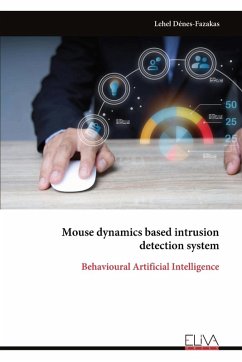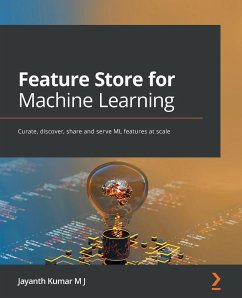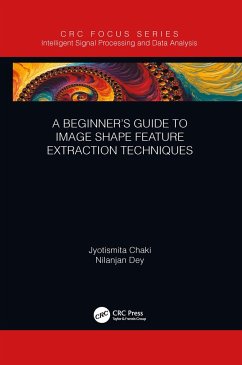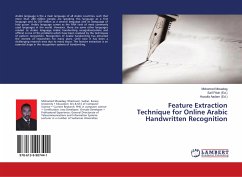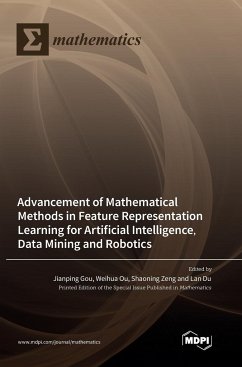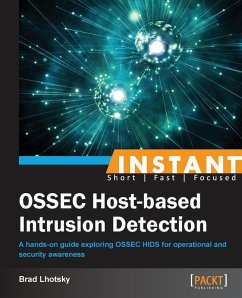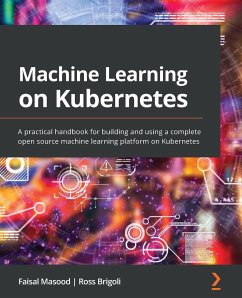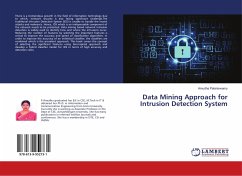
Feature Selection and Feature Extraction in Machine Learning-Based IoT Intrusion Detection System
Versandkostenfrei!
Versandfertig in 1-2 Wochen
28,99 €
inkl. MwSt.

PAYBACK Punkte
14 °P sammeln!
"In a world increasingly reliant on Internet of Things (IoT) devices, ensuring their security is paramount. Yet, these very devices are vulnerable to cyberattacks, posing significant threats to individuals and organizations alike. To combat this, machine learning has emerged as a powerful tool for network intrusion detection in IoT environments. Delving deep into this intersection of cybersecurity and machine learning, this book presents a comprehensive exploration of feature reduction techniques for IoT network intrusion detection. Drawing from extensive research, it offers a meticulous compa...
"In a world increasingly reliant on Internet of Things (IoT) devices, ensuring their security is paramount. Yet, these very devices are vulnerable to cyberattacks, posing significant threats to individuals and organizations alike. To combat this, machine learning has emerged as a powerful tool for network intrusion detection in IoT environments. Delving deep into this intersection of cybersecurity and machine learning, this book presents a comprehensive exploration of feature reduction techniques for IoT network intrusion detection. Drawing from extensive research, it offers a meticulous comparison of feature extraction and selection methods within a machine learning-based attack classification framework. Through rigorous analysis of performance metrics such as accuracy, f1-score, and runtime, the book sheds light on the efficacy of these techniques on the heterogeneous IoT dataset known as Network TON-IoT. Unveiling key insights, it reveals that while feature extraction tends to outperform feature selection in detection performance, the latter exhibits advantages in model training and inference time. But the findings don't stop there. The book delves deeper into the nuances of IoT security, addressing the challenges posed by computational resource constraints. It underscores the importance of feature reduction in constructing lightweight yet effective intrusion detection models tailored for IoT scenarios. Moreover, the book offers practical guidance for selecting intrusion detection methods tailored to specific IoT environments. By analyzing the trade-offs between feature extraction and selection, it equips readers with the knowledge to navigate the complexities of IoT security."



